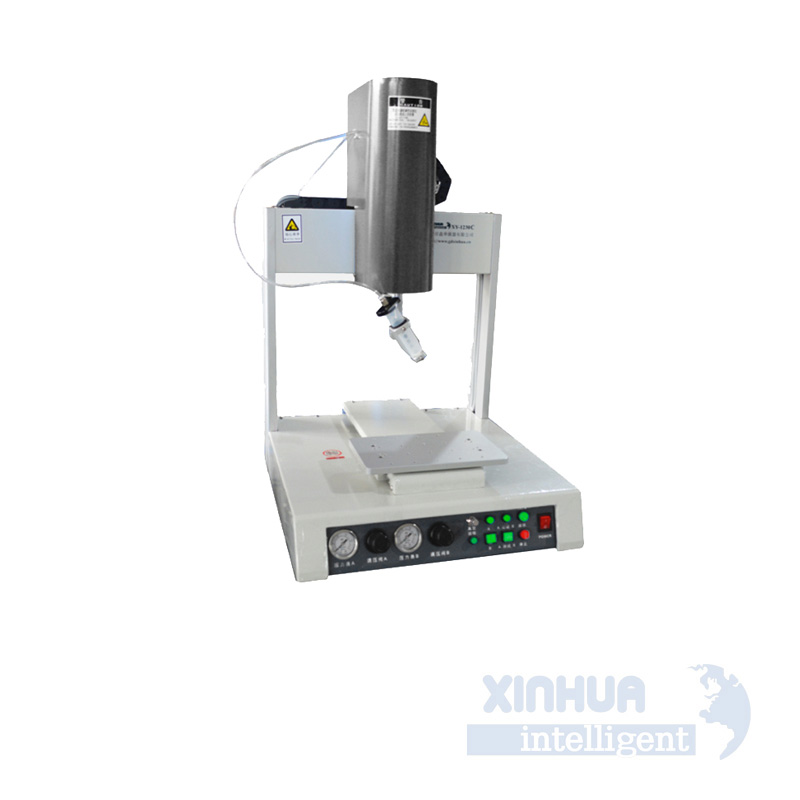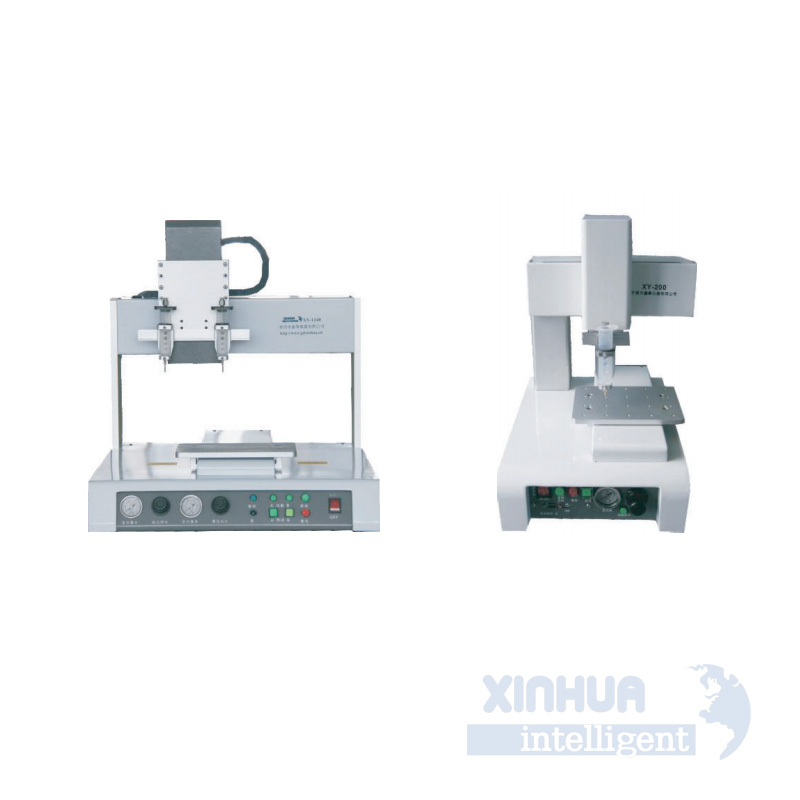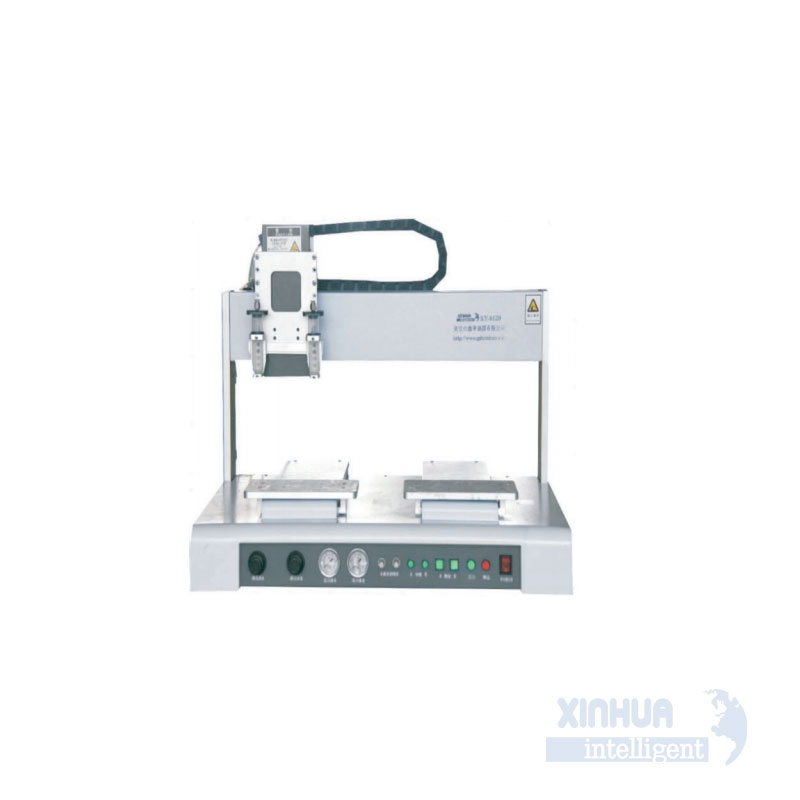
Maximizing Efficiency and Quality with a Tabletop UV Curing Unit: A Professional Guide
In the fast-evolving world of industrial manufacturing, precision, speed, and reliability are non-negotiable. Whether you’re working in electronics, medical device assembly, automotive components, or advanced packaging, the need for rapid, consistent, and high-quality curing processes is critical. Enter the tabletop UV curing unit — a compact yet powerful solution that’s redefining how professionals approach adhesive and coating applications.
Designed for versatility and performance, tabletop UV curing units offer a scalable, energy-efficient alternative to traditional curing methods. But like any technology, they come with their own set of challenges and considerations. In this article, we’ll explore the common pain points associated with UV curing, discuss practical solutions, showcase real-world applications, and conclude with insights on how partnering with Xinhua Intelligent can elevate your production outcomes.
—
1. Common Pain Points and Challenges
Despite their many advantages, tabletop UV curing units are not without limitations — especially when improperly applied or mismatched to the task at hand. Here are some of the most frequently encountered challenges:
A. Inconsistent Cure Depth and Surface Quality
One of the primary concerns in UV curing is achieving uniform exposure across the entire surface. Shadows, uneven light distribution, or improper part orientation can lead to under-cured or over-cured areas. This inconsistency can compromise bond strength, durability, and overall product quality.
B. Material Compatibility Issues
Not all adhesives, coatings, or substrates respond equally well to UV curing. Some materials may absorb UV light instead of allowing it to pass through, while others may degrade under intense UV exposure. Selecting the right formulation and wavelength is crucial but often overlooked.
C. Limited Throughput in High-Volume Production
While tabletop units are ideal for prototyping and small-batch production, scaling up can be problematic. These units typically handle one part at a time or in limited batches, which can become a bottleneck in high-volume manufacturing environments.
D. Heat Sensitivity and Thermal Degradation
Although UV curing generates less heat than thermal ovens, certain systems still emit enough radiant heat to damage sensitive components — particularly in electronics or medical devices. Overheating can cause warping, discoloration, or even functional failure.
E. Lack of Process Control and Monitoring
Many entry-level UV curing units lack integrated sensors or feedback mechanisms. Without real-time monitoring of intensity, exposure time, or lamp degradation, maintaining process consistency becomes difficult, leading to potential quality issues and increased scrap rates.
—

2. Practical and Technical Solutions

Addressing these challenges requires a combination of smart design, proper equipment selection, and process optimization. Below are key strategies to overcome the common pitfalls of using a tabletop UV curing unit.
A. Precision Optics and Uniform Light Distribution
Modern tabletop UV systems now feature advanced optical designs, including parabolic reflectors and diffused lenses, to ensure even light coverage. Some models also incorporate rotating stages or programmable motion control to expose all surfaces evenly, reducing shadow effects and improving cure depth.
B. Spectral Matching and LED Technology
The shift from traditional mercury arc lamps to UV LED curing systems has been a game-changer. LEDs allow for precise spectral output (e.g., UVA, UVB, UVC), which can be tailored to match the absorption characteristics of specific photoinitiators in adhesives and coatings. This leads to faster, more efficient cures and reduces material degradation.
C. Integration with Automation and Batch Processing
To scale beyond single-part processing, manufacturers are integrating tabletop UV curing units into semi-automated or fully automated lines. Conveyor belts, robotic arms, and indexing tables enable batch processing without sacrificing precision. Some units also support Ethernet/IP or PLC communication for seamless integration into Industry 4.0 workflows.
D. Cooling Systems and Low-Temperature Operation
For heat-sensitive applications, selecting a UV system with active cooling (such as air or water-cooled lamps) or using pulsed UV modes can significantly reduce thermal impact. UV LED systems inherently produce less heat, making them ideal for curing near temperature-sensitive components.
E. Real-Time Monitoring and Feedback Loops
Advanced tabletop units now include built-in sensors for measuring UV intensity, dose, and exposure duration. These systems can log data, trigger alarms if parameters drift out of spec, and even adjust lamp power dynamically to maintain optimal curing conditions. Such features are essential for ISO-certified production environments where traceability and repeatability are required.
—
3. Real-World Applications
The versatility of tabletop UV curing units makes them suitable for a wide range of industries and applications. Let’s explore a few examples where these systems deliver measurable value.
A. Medical Device Manufacturing
In the medical industry, sterility, biocompatibility, and precision are paramount. UV curing is widely used for bonding glass and plastic components in diagnostic devices, sealing catheters, and assembling wearable sensors. The low heat and clean process make it ideal for use with delicate biological materials.
B. Electronics Assembly
From smartphone cameras to PCBs, UV adhesives are used extensively to secure components without damaging heat-sensitive circuits. A tabletop UV curing unit allows engineers to rapidly prototype and assemble parts with minimal footprint and high repeatability.
C. Optics and Photonics
Fiber optic connectors, lenses, and laser modules require extremely precise alignment and permanent bonding. UV curing provides instant fixturing and full cure within seconds, ensuring that optical performance remains uncompromised.

D. Automotive Components
In automotive interiors and lighting assemblies, UV curing is used to bond plastics, apply protective coatings, and seal sensors. The fast cycle times and chemical resistance of UV-cured materials make them ideal for demanding environments.
E. Jewelry and Prototyping
Even outside traditional manufacturing, tabletop UV curing units find niche uses in resin-based 3D printing, jewelry casting, and dental labs. Their compact size and ease of use make them accessible to both hobbyists and small-scale professionals.
—
4. Conclusion and Call to Action
Tabletop UV curing units have emerged as indispensable tools for modern manufacturing, offering unmatched speed, precision, and flexibility. However, to fully realize their potential, it’s essential to address the technical and operational challenges head-on — through intelligent design, process optimization, and strategic equipment selection.
As the demand for miniaturized, high-performance products continues to grow, so does the need for reliable, scalable curing solutions. That’s where Xinhua Intelligent comes in.
At Xinhua Intelligent, we specialize in designing and delivering advanced UV curing systems tailored to the needs of today’s precision-driven industries. Our tabletop UV curing units combine cutting-edge LED technology, intuitive controls, and robust engineering to ensure consistent results, every time.
Whether you’re looking to improve your current process, scale up production, or integrate UV curing into an automated line, our team of experts is ready to help you make the right choice.
👉 Contact us today to schedule a consultation or request a demo of our latest tabletop UV curing solutions. Let Xinhua Intelligent empower your next innovation.
—
About Xinhua Intelligent
Xinhua Intelligent is a leading provider of industrial UV curing equipment, serving global markets in electronics, medical, automotive, and advanced manufacturing sectors. With a commitment to innovation and quality, we offer customized solutions that meet the evolving demands of modern production environments.
📞 Contact Us | 🌐 Visit Our Website | 💬 Request a Free Consultation
